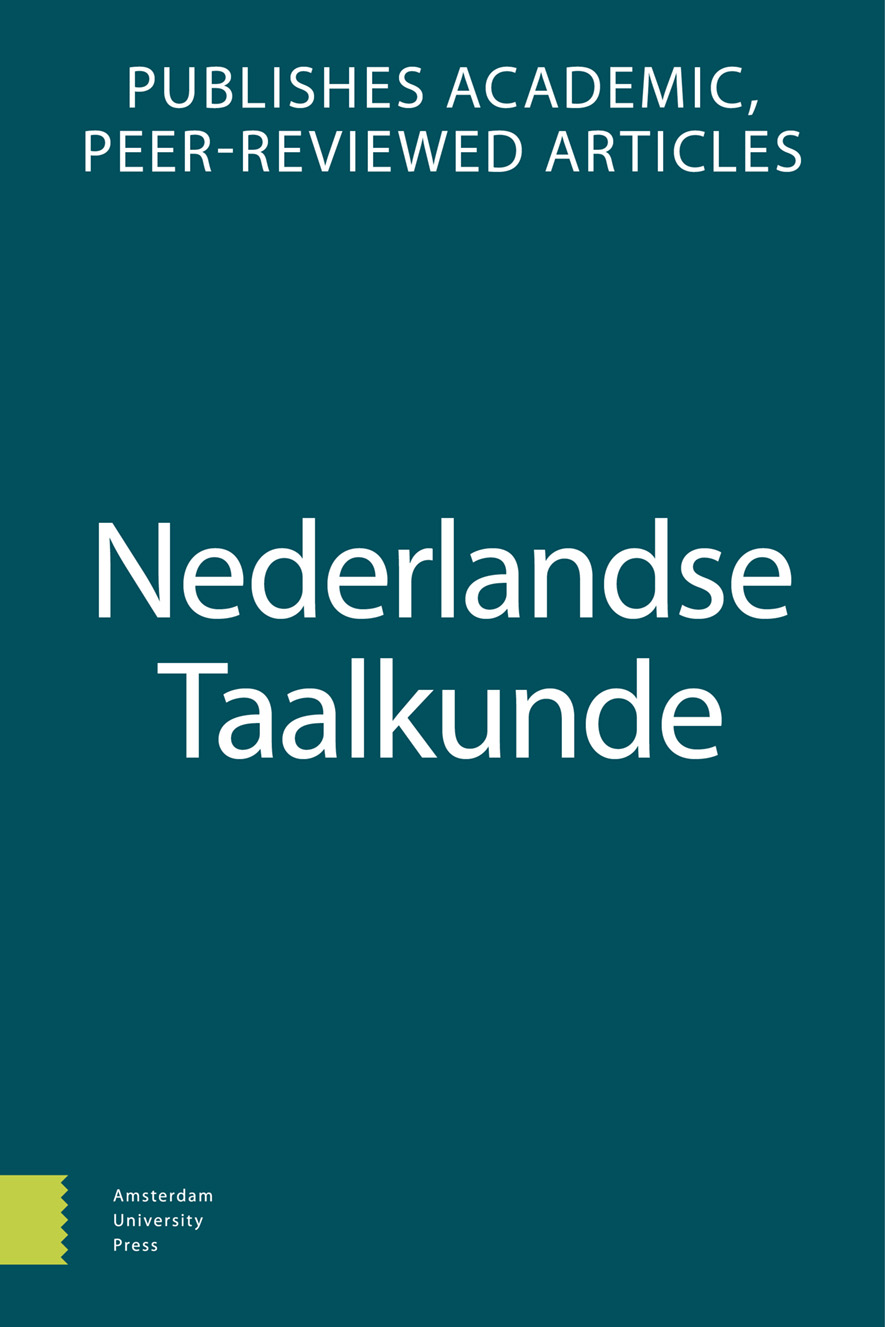
Full text loading...
We use cookies to track usage and preferences.I Understand
This study presents a psycholinguistic approach to the complex phenomenon of word order variation in Dutch where speakers can freely choose the position of the past participle and the auxiliary verb in bipartite final verb clusters.
(1) Jeroen beweert dat Bregje de hele middag heeft geslapen.
(2) Jeroen beweert dat Bregje de hele middag geslapen heeft.
‘Jeroen claims that Bregje has slept all afternoon.’
Previous corpus studies have shown that a range of factors associated with the variability can be related to processing complexity of the cluster’s context. More specifically, it is claimed that one of the orders is the default word order that is easier to process, used in circumstances of heavy processing demands (De Sutter 2007; Bloem et al. 2017). Evidence diverges about which of the two orders is the default.
In a self-paced reading experiment and a ‘puzzle’ production experiment conducted with 60 native speakers of Dutch, we (i) test a variety of morphosyntactic factors indicating a higher or lower processing complexity to (ii) clarify the issue of default word order. From the self-paced reading experiment it emerges that both length of the middle field before the cluster and placement of the prepositional object in extraposition have an effect on processing of the two orders. Since this effect is apparent for factors that change the structure and length of the sentence and is absent when it comes to definiteness and inheritance of preverbal constituents, it is argued that not all proposed factors are equally related to processing complexity and that there is not necessarily a default order. Furthermore, we find evidence that processing of the orders is influenced in a very different way than production.

Article metrics loading...

Full text loading...
References


Data & Media loading...

